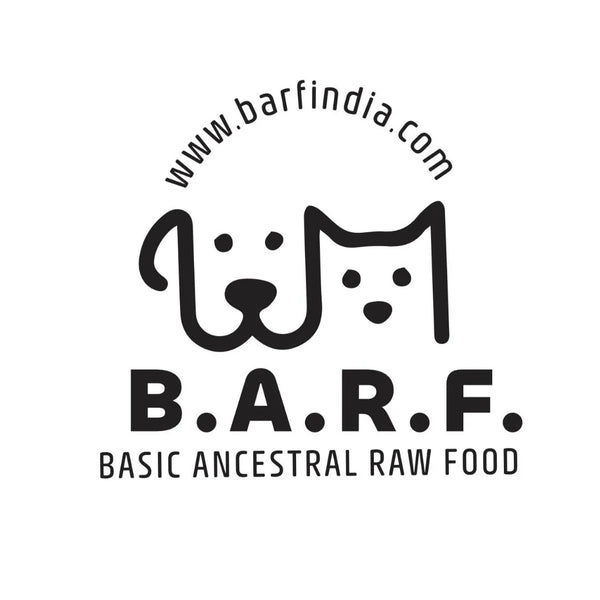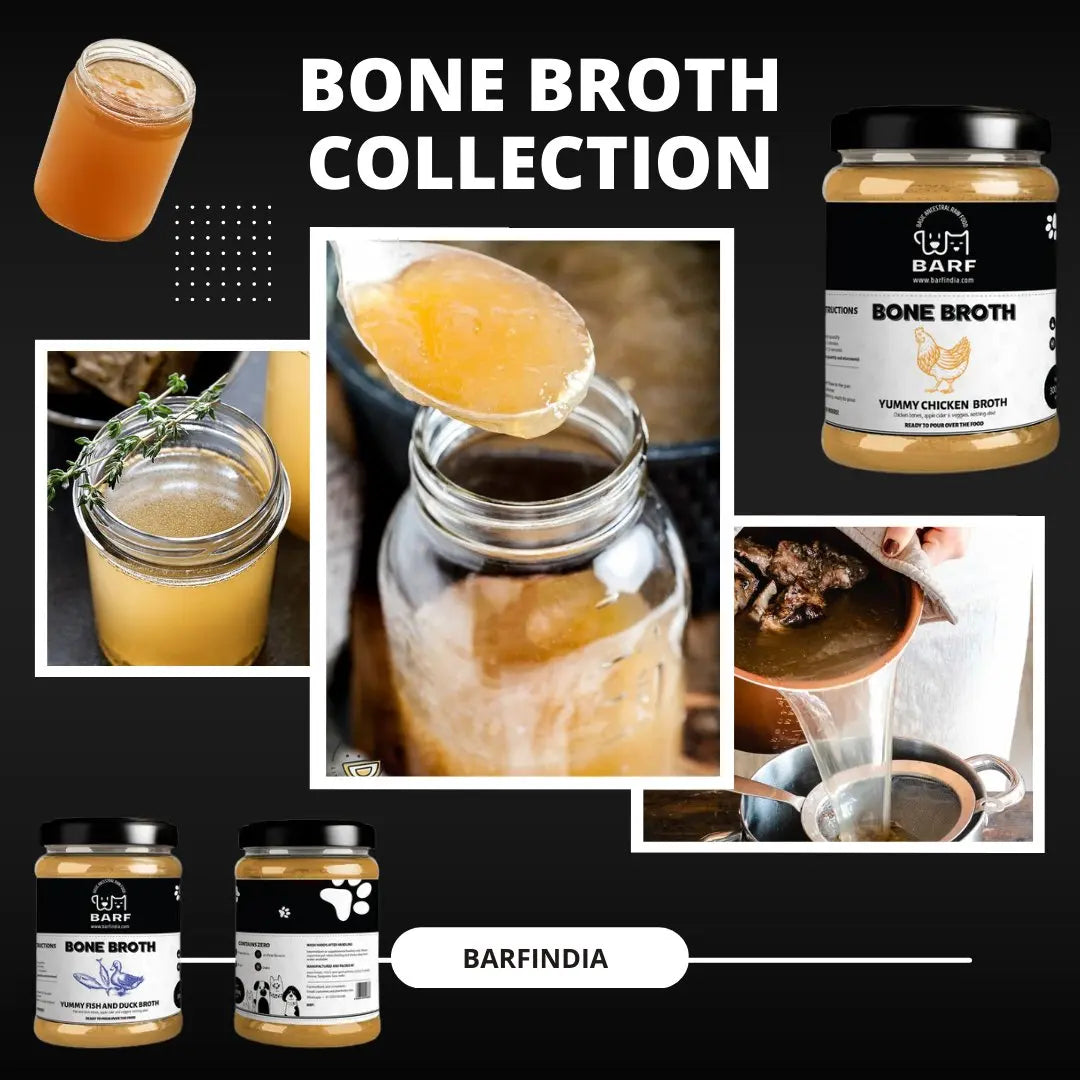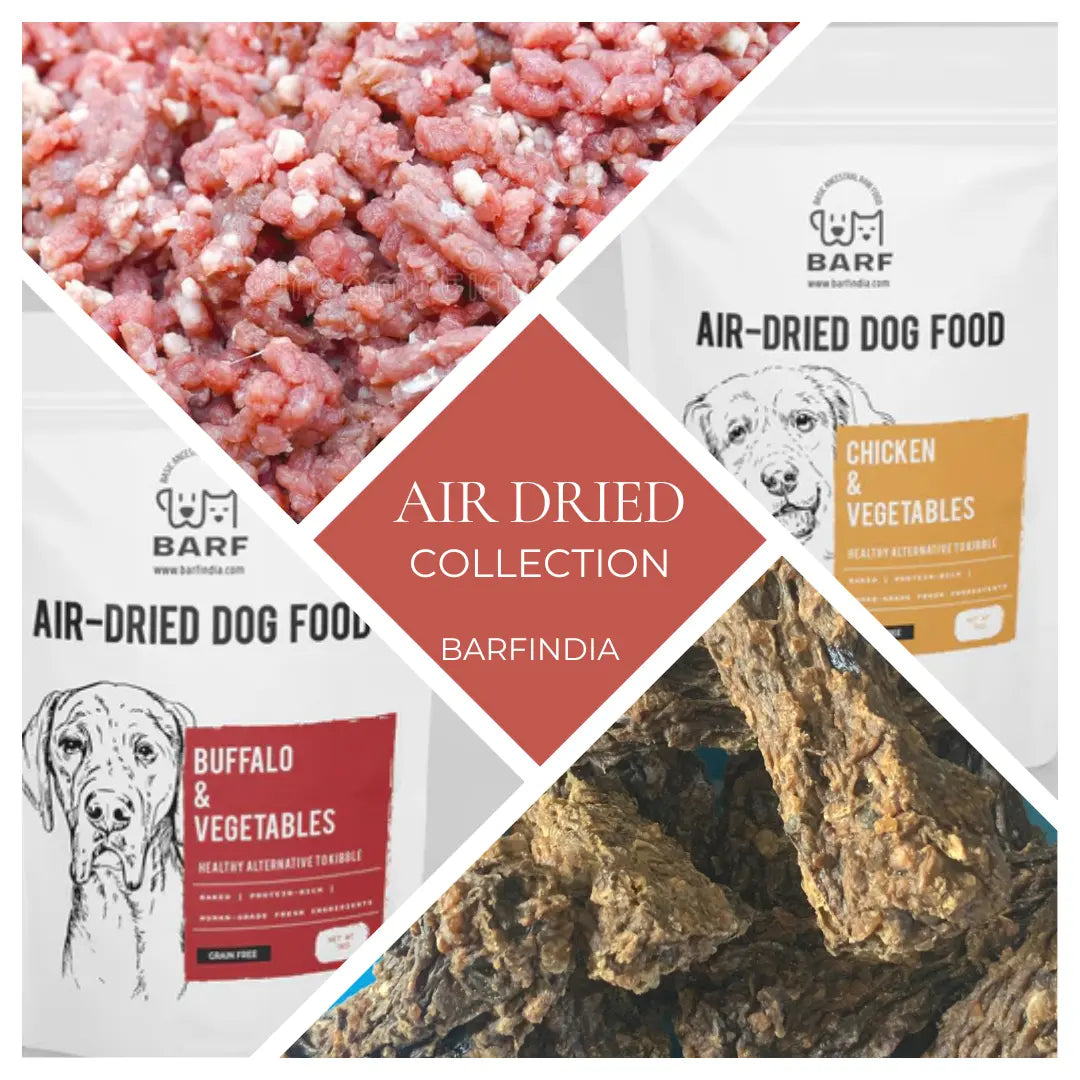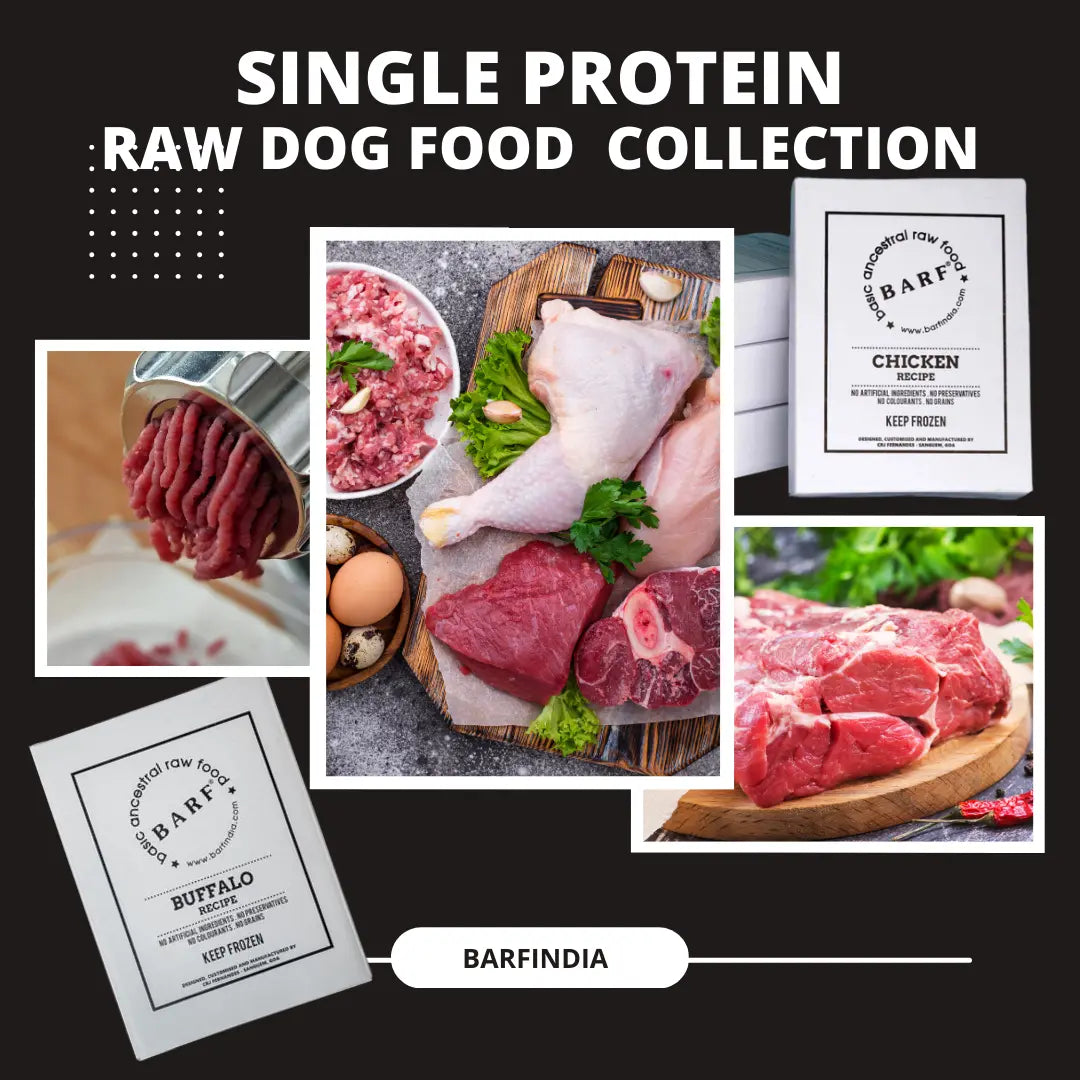
Lamb Kapura for Dogs
Nivedita FernandesWhy Lamb Kapura Is an Important Part of Your Dog’s Health
As more pet parents embrace holistic and species-appropriate diets for their furry companions, there’s a growing recognition of the benefits of feeding organ meats. Among these, lamb kapura (testicles) stands out as a nutritional powerhouse. While not as commonly discussed as liver or heart, lamb kapura deserves a place in your dog’s diet for its unique health benefits. In this blog, we’ll explore the nutritional value of lamb kapura, its role in supporting canine health, and how to incorporate it safely and effectively into your dog’s meals.
The Nutritional Profile of Lamb Kapura
Lamb kapura is more than just another organ meat. It’s loaded with nutrients that can benefit your dog in numerous ways:
1. Rich in Protein
Protein is essential for your dog’s overall health, contributing to muscle growth, repair, and maintenance. Lamb kapura provides a high-quality source of bioavailable protein that’s easily digestible and packed with essential amino acids.
2. Healthy Fats
The fats in lamb kapura are a vital energy source for dogs. They also contribute to a shiny coat, healthy skin, and optimal brain function.
3. Vitamins and Minerals
Lamb kapura contains a range of vitamins and minerals, including:
-
Zinc: Supports immune health, skin integrity, and reproductive functions.
-
Selenium: Acts as an antioxidant to protect cells from damage.
-
B-vitamins: Vital for energy metabolism and maintaining healthy nerves.
4. Natural Hormonal Support
As a reproductive organ, lamb kapura naturally contains trace amounts of hormones like testosterone. These can support hormonal balance, particularly in dogs with reproductive health issues or those requiring a vitality boost.
5. Essential Amino Acids
Lamb kapura is a rich source of amino acids like taurine and lysine. These compounds are crucial for heart health, cognitive function, and maintaining strong muscles.
Health Benefits of Feeding Lamb Kapura to Dogs
Adding lamb kapura to your dog’s diet can bring several benefits:
1. Improved Muscle Development
The high-quality protein and amino acids in lamb kapura promote muscle growth and repair. This is especially beneficial for active dogs, working breeds, and growing puppies.
2. Enhanced Reproductive Health
For intact male dogs, lamb kapura can provide nutrients that support reproductive functions. Even neutered dogs can benefit from the hormone precursors in lamb kapura, which help maintain overall vitality.
3. Boosted Immunity
With its selenium and zinc content, lamb kapura strengthens the immune system, helping your dog fight off infections and inflammation.
4. Better Skin and Coat Health
The healthy fats in lamb kapura contribute to a lustrous coat and prevent issues like dry, flaky skin.
5. Cognitive and Cardiovascular Support
The taurine in lamb kapura supports brain function and heart health, ensuring your dog stays sharp and active.
6. Natural Energy Boost
Thanks to its nutrient density, lamb kapura is a natural energy booster, making it an excellent choice for active dogs or those recovering from illness.
How to Feed Lamb Kapura to Dogs
If you’re new to feeding lamb kapura, it’s important to do so correctly to maximize its benefits. Here’s a step-by-step guide:
1. Source High-Quality Kapura
Always choose lamb kapura from reputable sources. Look for meat that is:
-
From grass-fed, free-range lambs.
-
Non-GMO and antibiotic-free.
-
Fresh or properly frozen.
2. Prepare Safely
-
Raw Feeding: Lamb kapura can be fed raw, making it ideal for BARF (Biologically Appropriate Raw Food) diets.
-
Cooked Option: If you prefer, lightly cook the kapura to eliminate surface bacteria without destroying its nutrients.
-
Portion Size: As a nutrient-dense organ, lamb kapura should be fed in moderation. It’s best to limit it to 10-15% of the total organ meat portion in your dog’s diet.
3. Introduce Gradually
Dogs not accustomed to organ meats may need time to adjust. Start with small portions and monitor your dog for any signs of digestive upset, such as diarrhea or vomiting.
4. Combine with a Balanced Diet
While lamb kapura is highly nutritious, it should be part of a balanced diet that includes muscle meat, other organs, and a variety of fruits and vegetables (if appropriate for your dog’s diet).
Common Questions About Lamb Kapura for Dogs
1. Can all dogs eat lamb kapura?
Yes, most dogs can enjoy lamb kapura as part of their diet. However, dogs with certain medical conditions, like kidney disease or pancreatitis, may need to avoid high-fat organ meats. Always consult your veterinarian before introducing new foods.
2. How often should I feed lamb kapura?
Lamb kapura can be fed as a treat or a regular part of your dog’s diet. Feeding it 1-2 times a week is sufficient for most dogs.
3. Can puppies eat lamb kapura?
Yes, puppies can benefit from the high-quality protein and nutrients in lamb kapura. Be sure to introduce it gradually and in smaller portions appropriate for their size.
The Role of Lamb Kapura in Raw and BARF Diets
For dog owners following raw or BARF diets, lamb kapura is an excellent addition to ensure nutritional completeness. Organ meats are a vital part of these diets, and lamb kapura provides a unique blend of nutrients not found in other organs like liver or kidney.
1. Supports Ancestral Feeding Practices
In the wild, dogs and their ancestors consumed the entire prey animal, including reproductive organs. Feeding lamb kapura aligns with this natural dietary approach.
2. Variety and Balance
A well-rounded raw diet should include a mix of muscle meat, organs, and bones. Lamb kapura adds variety and enhances the nutrient profile of the meal.
3. Palatability
Dogs typically find lamb kapura highly palatable, making it an excellent choice for picky eaters.
Potential Risks and Precautions
While lamb kapura offers numerous benefits, there are some considerations to keep in mind:
1. Overfeeding Risks
Feeding too much lamb kapura can lead to nutrient imbalances, particularly due to its high fat content. Stick to recommended portion sizes.
2. Quality Concerns
Always source lamb kapura from trusted suppliers to avoid potential contaminants like hormones or antibiotics.
3. Allergies or Intolerances
Although rare, some dogs may be allergic to lamb or specific organ meats. Monitor your dog closely when introducing lamb kapura for the first time.
Recipes Featuring Lamb Kapura
Here are a few simple ways to include lamb kapura in your dog’s diet:
1. Raw Lamb Kapura Treat
-
Slice lamb kapura into bite-sized pieces.
-
Serve as a standalone treat or mix with other raw ingredients.
2. Kapura and Veggie Mix
-
Lightly cook lamb kapura and chop into small pieces.
-
Mix with steamed vegetables like carrots or spinach.
-
Add a splash of bone broth for extra flavor.
3. Frozen Kapura Bites
-
Blend raw lamb kapura with plain yogurt.
-
Pour into silicone molds and freeze.
-
Use as a refreshing summer treat.
Conclusion: Why Lamb Kapura Deserves a Spot in Your Dog’s Bowl
Lamb kapura is a nutrient-dense superfood that can play a vital role in supporting your dog’s health. From boosting muscle development to enhancing immune function, the benefits of lamb kapura are undeniable. By sourcing high-quality lamb kapura and feeding it in moderation, you can provide your dog with a wholesome, species-appropriate treat that aligns with their natural dietary needs.
If you’re considering adding lamb kapura to your dog’s diet, start small and consult your veterinarian to ensure it fits within your pet’s overall nutritional plan. Embrace the power of organ meats like lamb kapura and watch your furry friend thrive!



